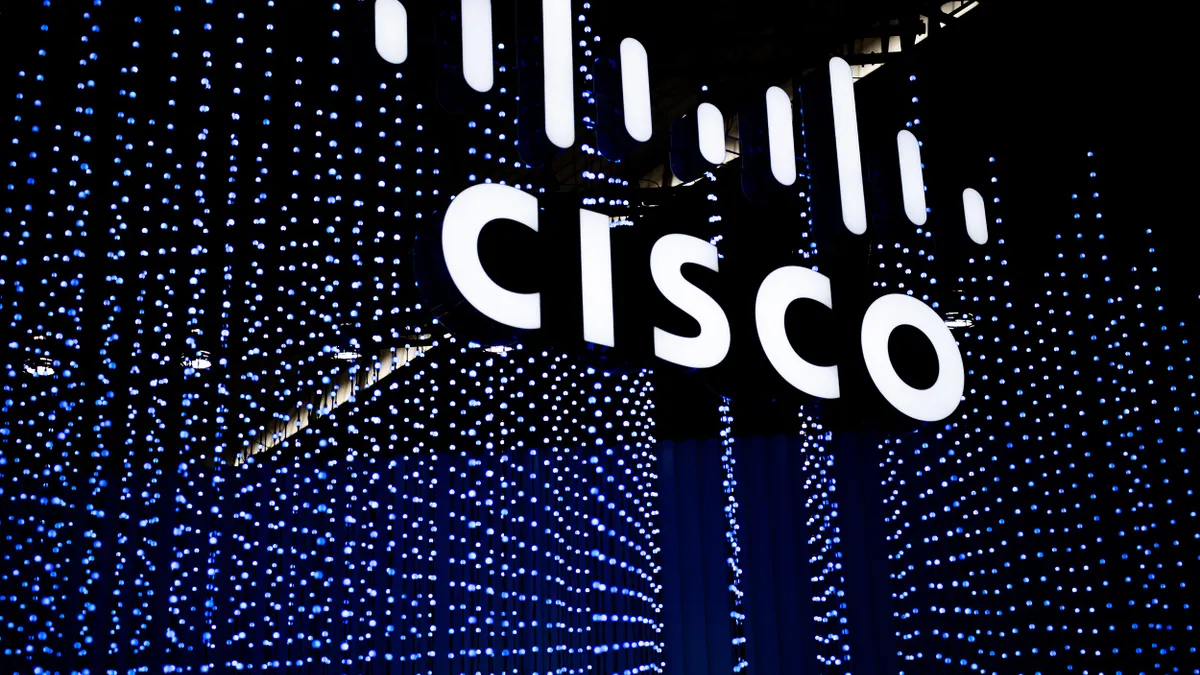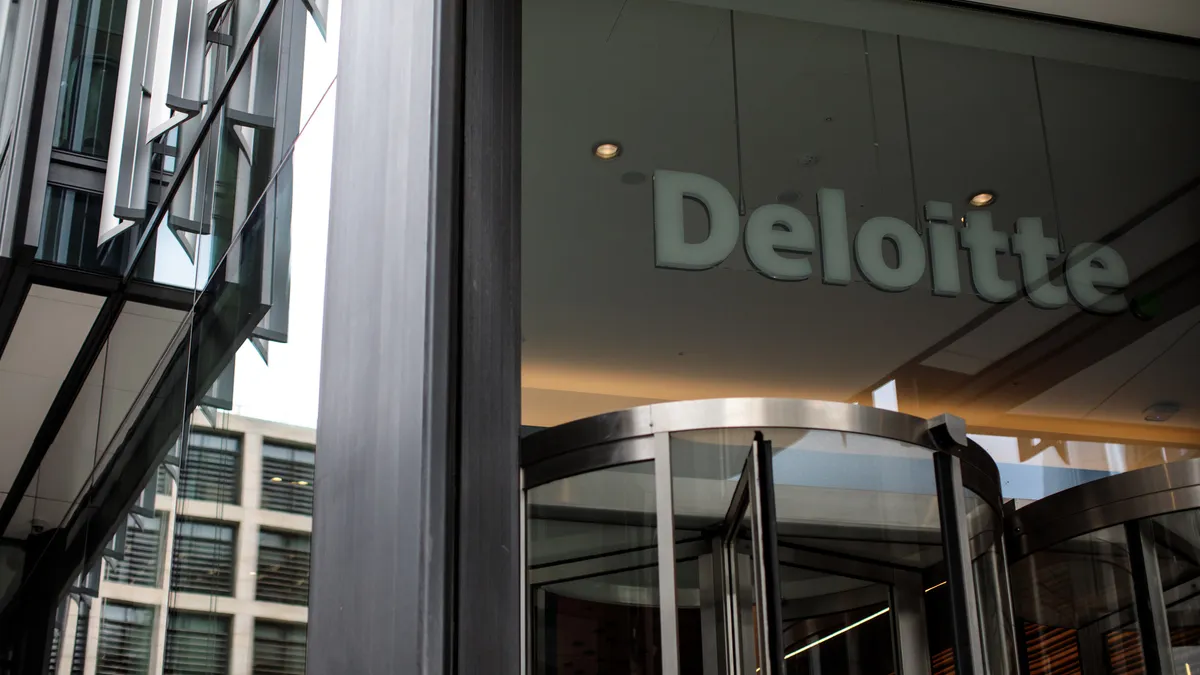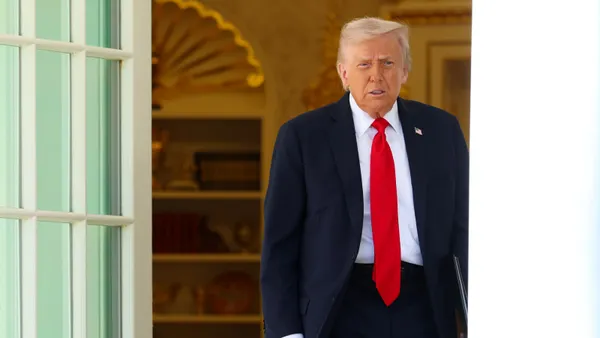Dive Brief:
- Cisco Systems recorded more than $800 million in AI infrastructure orders for its fourth quarter, bringing total orders for its full fiscal 2025 to more than $2 billion — topping its original $1 billion target, the company said Wednesday.
- San Jose, California-based Cisco, which provides networking equipment and software, including “AI-native” data center infrastructure tools, also saw $1 billion in revenues related to its AI orders for the full year, finance chief Mark Patterson said Wednesday during his first earnings call after taking the CFO seat on July 27.
- The company will also continue to focus on making “strategic investments in innovation to capitalize on the significant growth opportunities we see ahead,” Patterson said. “This will continue to be underpinned by disciplined spend management.”
Dive Insight:
Previously Cisco’s chief strategy officer, Patterson — a 25-year veteran of the company — succeeded Scott Herron in the role. Herron, who served as Cisco’s CFO for five years, is set to remain with the business as a strategic advisor until May 1, 2026, CFO Dive previously reported.
As finance chief, Patterson’s goal is to “make sure that we’re funded for success,” he said in response to an analyst question regarding CFO priorities following the switch. “I also think in terms of expectations of me, you can expect that I will be focused on durable profitable growth, obviously, financial discipline and transparency and really just returning value to the shareholders,” he said.
AI remains a key growth area for the technology giant, with Cisco moving to ensure it is “well positioned to provide the critical infrastructure needed for the AI era,” CEO Charles Robbins said. The over $800 million in AI orders for the quarter ended July 26 — compared to more than $600 million in such orders the previous quarter — “demonstrates the undeniable capability and relevance of our technology for multiple back-end use cases with some of the most technologically advanced customers,” Robbins said.
Cisco is “seeing clear demand for our technology across customer markets in addition to expanded opportunities as we move towards agentic AI,” he said of the company’s AI strategy. “We are innovating faster than ever before, making AI foundational in our designs, fusing security deep into our networking products and providing operational simplicity for our customers.”
For its Q4, Cisco reported non-GAAP income of $4 billion, while total gross margin on a non-GAAP basis reached 66% for the quarter, according to the earnings results. Its operating expenses on a non-GAAP basis were up by 4% year-over-year, reaching $5 billion.
For fiscal 2026, Cisco is expecting full-year revenues of $59 billion to $60 billion, Patterson said.
The CFO also highlighted the potential impact of tariffs on Cisco’s coming fiscal year, noting current guidance for its Q1 and fiscal year 2026 assumes current tariffs and exemptions will remain in place until the end of that fiscal year. That includes a 30% levy on China, with exemptions for semiconductors and certain electronic components, as well as a 25% tariff on imports from Mexico and 35% on goods from Canada, he said.
Cisco is also expecting a “small impact from tariffs on copper, steel and aluminum and retaliatory tariffs,” he said.












